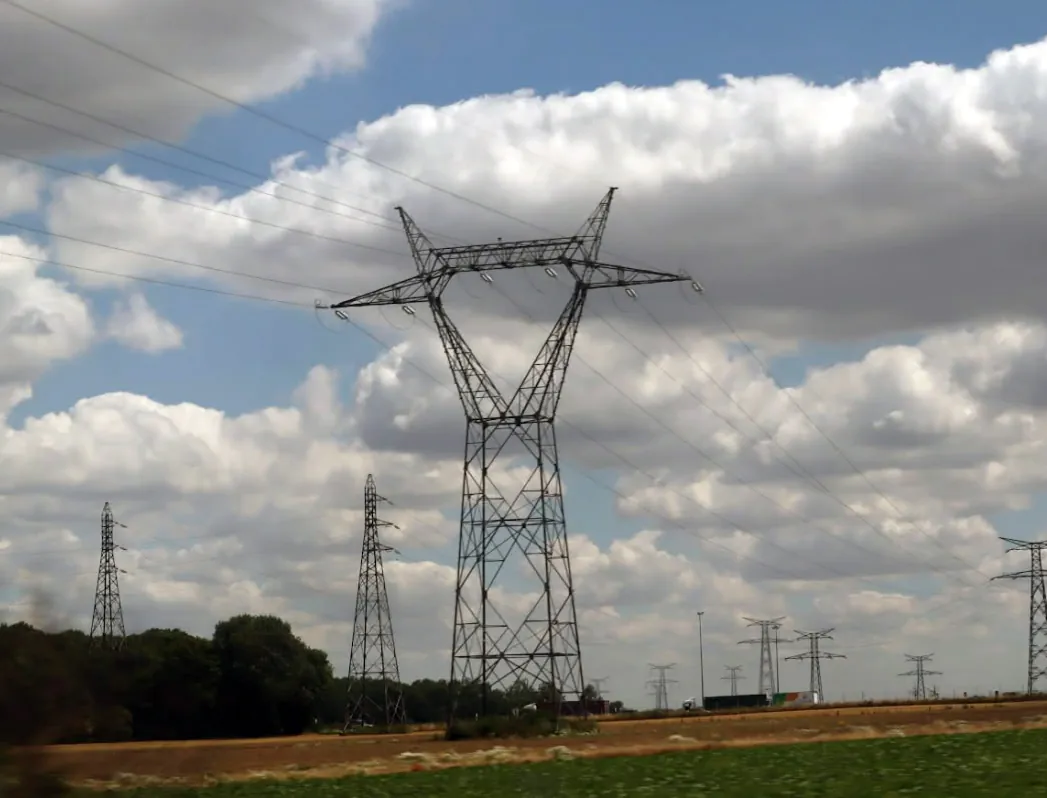How Does Ambient Adjusted Rating Work?
AAR adjusts the performance of power lines based on existing environmental data, such as temperature, wind speed, and solar radiation, allowing transmission operators to better manage energy flow. These parameters directly impact the heating and cooling cycles of overhead conductors, which influences how much current they can safely carry. By adapting line ratings based on this real-time environmental data, AAR helps boost efficiency while ensuring reliability.
For a deeper understanding of how real-time monitoring like Dynamic Line Rating (DLR) enhances grid efficiency, you can refer to our article on Dynamic Line Rating (DLR) – Unlocking Power Line’s Full Potential.
Benefits of Implementing AAR Technology
Ambient Adjusted Rating provides several key benefits:
- Increased Transmission Capacity: By adjusting line ratings in response to real-time conditions, AAR makes it possible to increase energy throughput without needing costly infrastructure upgrades. This ensures energy transmission is optimized and aligns with actual conditions, making grid operations far more adaptable.
- Enhanced Grid Resilience: As our grid infrastructure ages, the risk of unexpected failures grows. Using AAR and technologies like fatigue analysis in conductors allows grid operators to predict and mitigate potential line failures, thereby improving resilience.
- Supports Regulatory Compliance: With regulatory bodies like FERC pushing for more dynamic solutions to manage transmission capacity, AAR is well-suited to meet these requirements. FERC Order 881, for instance, sets out new guidelines for using Ambient Adjusted Ratings in compliance processes. Adopting AAR is not only a practical step but an essential one for transmission providers aiming to be compliant with evolving regulations.
AAR vs. Dynamic Line Rating (DLR)
While both AAR and DLR are innovative ways to optimize the power grid, they serve slightly different roles. Dynamic Line Rating is a broader technology that adjusts line ratings in real-time, taking into account a wide range of conditions including wind, line sag, and conductor temperature.
AAR, on the other hand, specifically focuses on ambient environmental conditions like temperature and solar radiation to adjust line ratings. Combining both AAR and DLR gives operators a more complete toolkit to adapt and respond to varying grid demands. Learn more about how DLR is shaping the future of power transmission here.
Why Ambient Adjusted Rating Is Crucial for a Greener Grid
Ambient Adjusted Rating technology contributes to a more sustainable power grid by optimizing energy flow and reducing unnecessary infrastructure upgrades. By extending the life of conductors and ensuring they are used to their full potential, AAR reduces waste and environmental impact, aligning with broader decarbonization goals. This supports efforts like those recently enacted in California, where the state has mandated the use of grid-enhancing technologies like AAR and DLR.
Overcoming Challenges in Implementing AAR
Implementing Ambient Adjusted Rating is not without its challenges. It requires advanced sensor technology, accurate weather forecasting, and a responsive monitoring system. Additionally, data transparency is crucial to ensuring all stakeholders can access the information needed to make informed decisions. With compliance requirements like FERC Order 881, companies are expected to improve data accuracy and operational transparency.
The Future of AAR and Grid Management
The integration of AAR with predictive technologies is the next logical step for grid management. When paired with technologies like our Dynamic Line Rating (DLR) and fatigue analysis, AAR allows grid operators to make informed, proactive decisions to improve efficiency and extend the lifespan of grid components. These integrated solutions ensure that the grid remains robust, capable of handling the increased demands of renewable energy integration, and adaptable to new regulations like FERC Order 881.
Cost-effective implementation of AAR powered by Sentrisense
Our SENTRI sensors are lightweight, adaptable, and with AAR capabilities. This data, combined with our advanced analytics on the 360° Insights Dashboard, empowers decision makers to effectively implement AAR and enhance grid efficiency and reliability.
Our solutions integrate seamlessly with other modern technologies such as Dynamic Line Rating (DLR), ensuring your grid infrastructure is always ready to adapt to current and future challenges. Sentrisense’s expertise in monitoring overhead power lines with proactive maintenance solutions like Early Fault Detection (EFD) allows you to maintain operational efficiency while reducing the risk of equipment failure.
Want to Learn More?
For more information on how Ambient Adjusted Rating can help optimize your grid performance, visit our resources on Dynamic Line Rating (DLR) and FERC Order 881.
Future-proof your energy infrastructure. Let’s talk 👉 sentrisense.com


